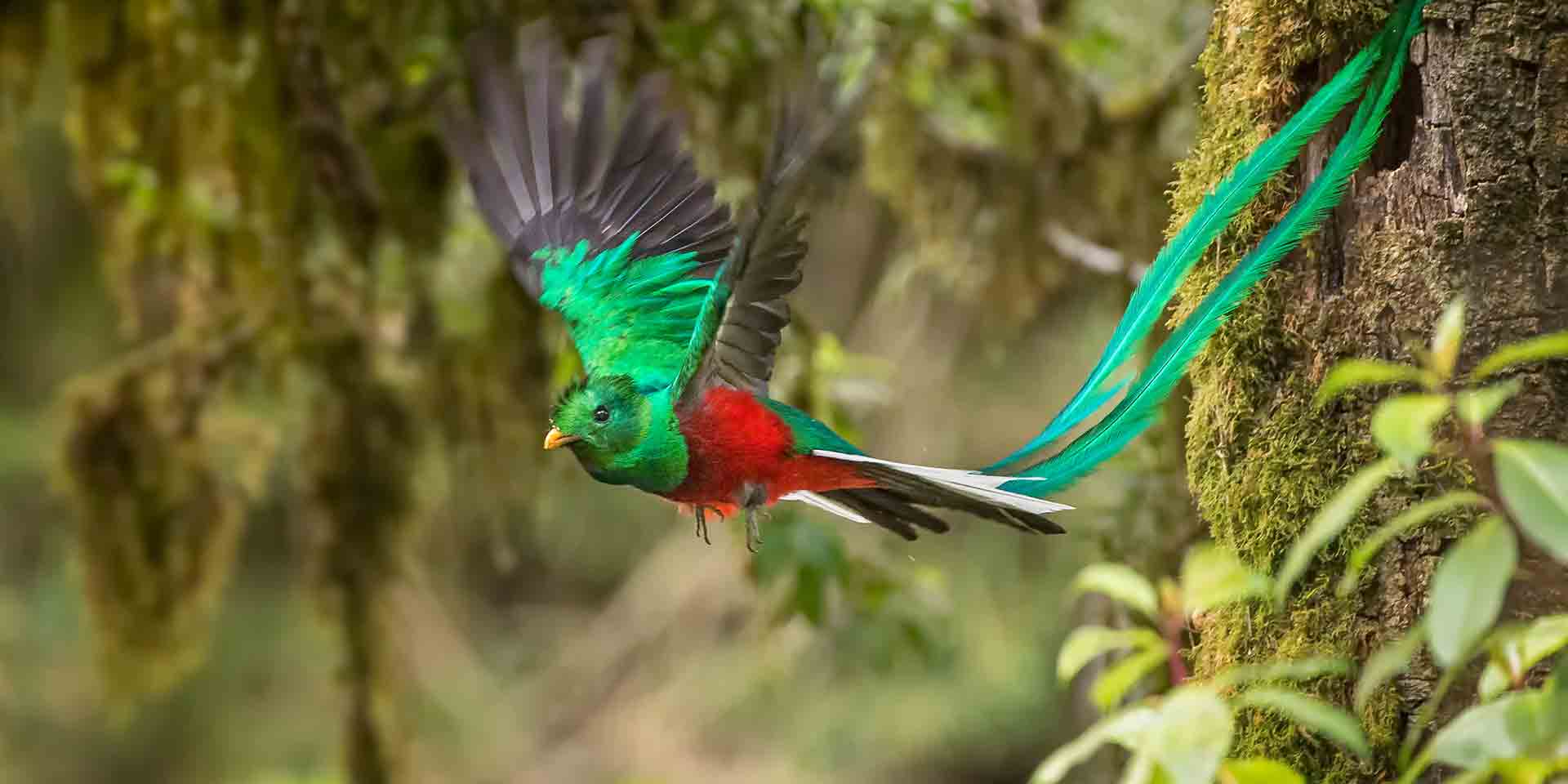Animal iconography is a vital part of Mexican culture, from the carved images of ancient calendars to modern whimsical alebrijes. Quetzals call up the image of the feathered serpent god Quetzalcoatl, or the goddess of artists and lovers, Xochiquetzal.
Scientists have been fascinated by the canal-dwelling frilly-faced axolotl’s regenerative powers for years, looking for the secret to eternal life.
Here are a few things you maybe don’t know about some of Mexico’s most iconic animals, their role in the local environment, and their place in cultural history. Keep reading to find out the best tourist spots where you can catch a glimpse of each one, in captivity or the wild.
Bottlenose dolphins
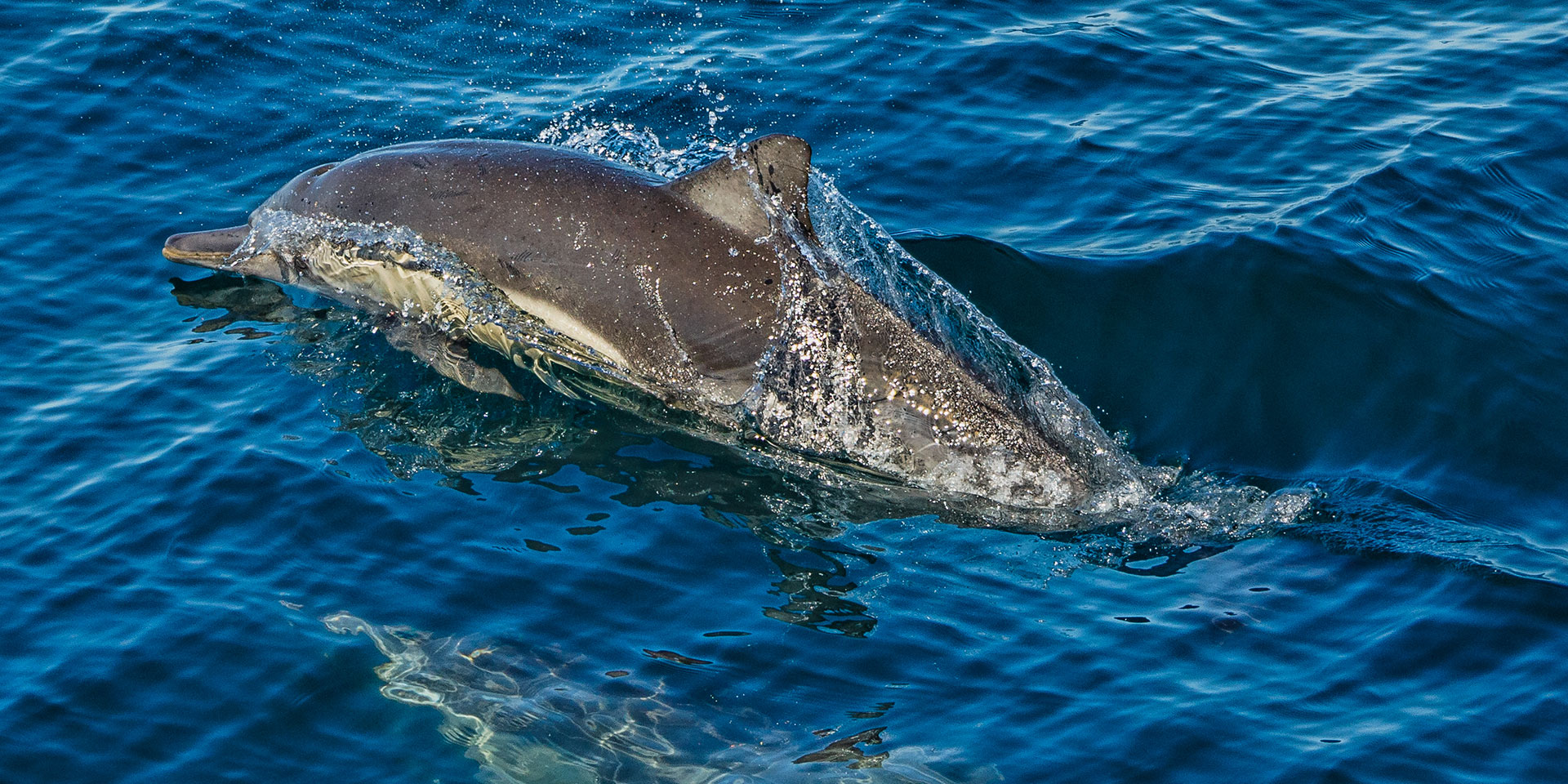
One of Mexico’s biggest beach draws are its marine wildlife. If you’ve never seen a bottlenose dolphin slicing through clear water, or jumping up to show off to spectators in a nearby boat, you’ve come to the right place.
The waters off Mexico’s coasts are home to nine different species of dolphin, which in the right season can frequently be spotted on sailing tours, whether you are in Vallarta or Veracruz, Cabos or Cancun.
Axolotls
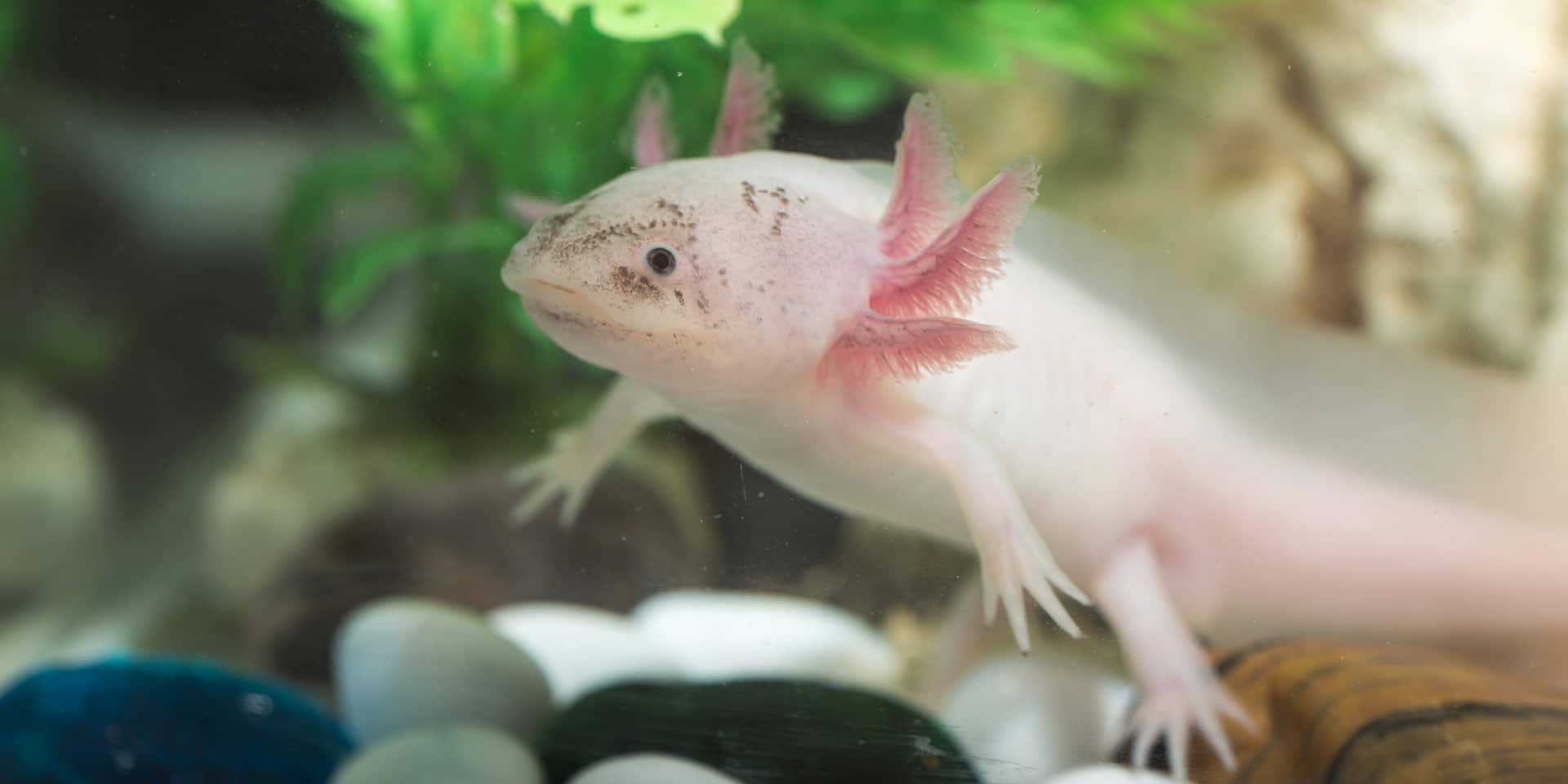
Axolotls can regrow a lost arm, and undisturbed can live basically forever. But, also, sometimes they mistake rocks for food and then they die. Life is weird and short, even when you’re essentially immortal. The best place to see these strange looking creatures is in the waterways of Xochimilco, Mexico City.
You’ll be hard pressed to see one in its native habitat, where they prefer the muck and mud at the bottom of the canals. Fortunately, there are plenty of small amphibian zoos along the best-travelled routes, where your lanchero (boat driver) can stop and wait.
Here, for a small fee, you can see axolotls swimming in the clear water of a fish tank, offering an intimate view of their unique features, beside displays showcasing other interesting creatures like fish, frogs, turtles, and snakes.
Quetzals
Quetzals don’t have the wingspan of an eagle, but they just as easily capture the beauty of Mexico’s diverse natural ecosystems. Their name comes from Nahuatl and refers to their long, brilliant tail feathers, which have inspired everything from fashion and ritual to the name of the Guatemalan currency.
While the word originally referred to the resplendent quetzal, a species native to Guatemala and southern Mexico, there are a total of five species who now share the name, including the eared quetzal, endemic to the southern forest of the Sierra Madre Occidental and central highland regions.
Catch a glimpse of the former in the Chiapas jungle, and the latter while hiking near Guadalajara or Puerto Vallarta. For a close up look, visit the aviary at the Chapultepec Zoo in CDMX. The massive network of animal habitats hosts a wide variety of other endemic species too, like the endangered Mexican Grey Wolf, who you can spot lounging in the shade near the entrance.
Coati
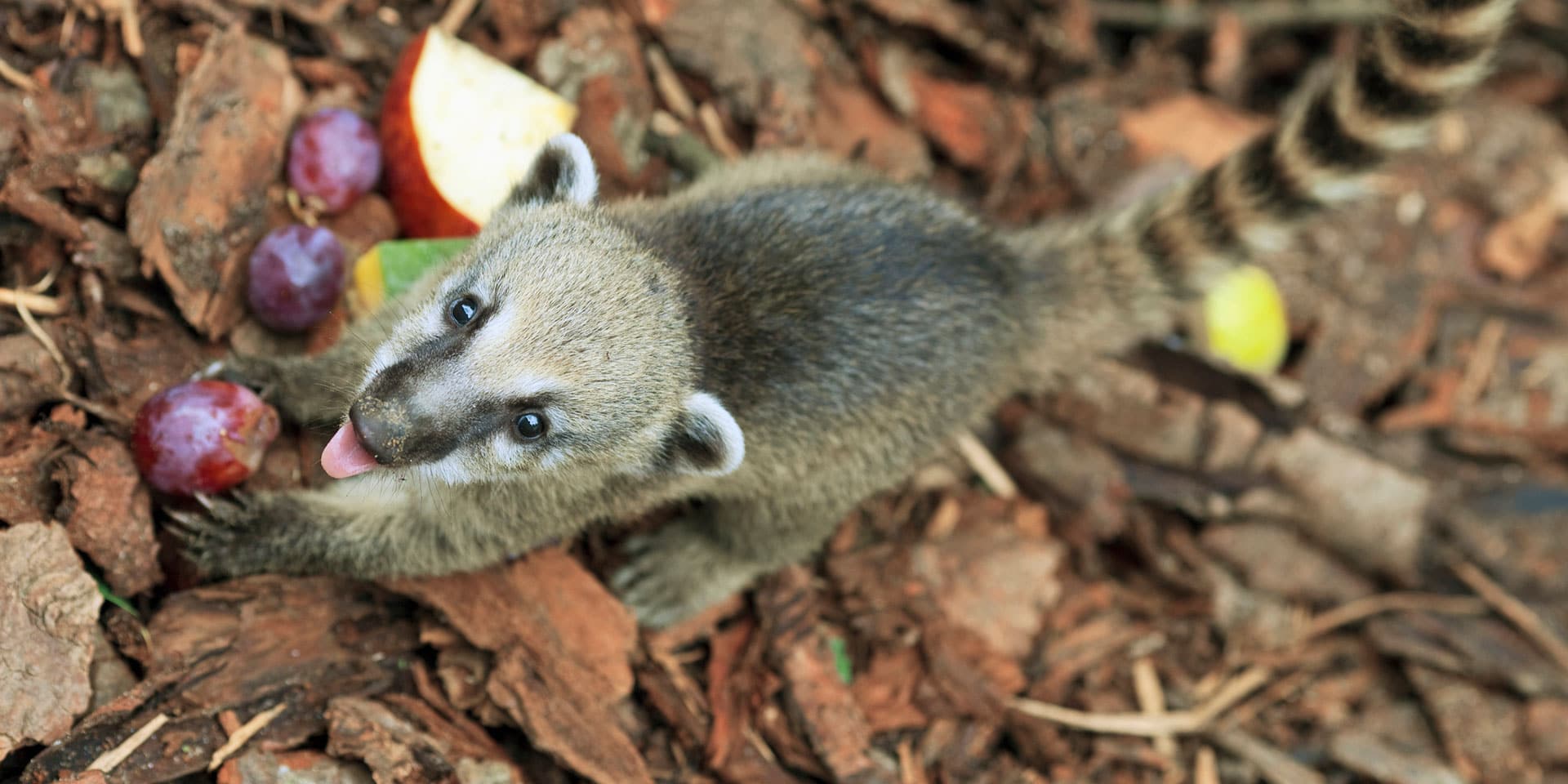
Coati are like big, adorable racoons that want your dinner. These omnivorous creatures are furry and friendly, and smart too.
Anywhere outside of Mexico’s central highlands, from the borderlands to the jungles, and from coast to coast, you can find them hanging around outdoor buffets and food courts, especially those near the edge of forests. They range widely in size, from as small as 5 lbs to as big as 26 lbs, and are highly adaptable to humans.
They are hard to resist when they stand on their hind legs to beg, so keep in mind that if you make a friend by sharing your lunch, it’ll probably be back for more! Their main predators are big snakes and large cats, like the ocelot in Veracruz and the Yucatan.
Xoloitzcuintli
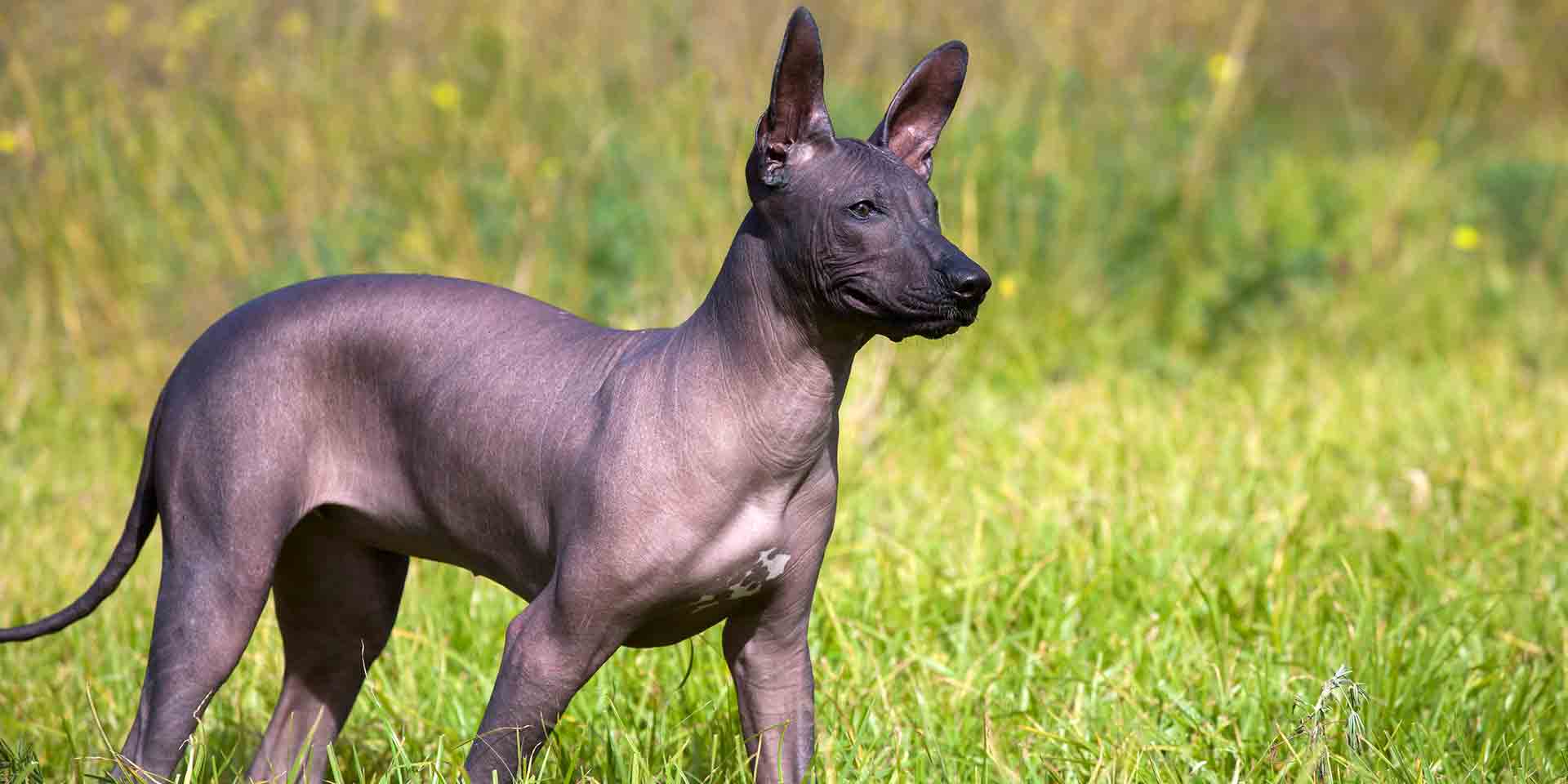
The Xoloitzcuintli, or Xolo for short, is Mexico’s national dog. Their history as companion animals and protectors goes back at least 3500 years, and they can be found throughout the country, particularly in Mexico City’s many dog parks.
While they are known as “Mexican hairless dogs” in English, not all Xolos are hairless. There are toy, miniature, and standard-sized Xolos, both hairless and coated, sometimes in the same litter. They were considered sacred to the Mexica god Xolotl, and thought to accompany the dead on their journey to the afterlife.
